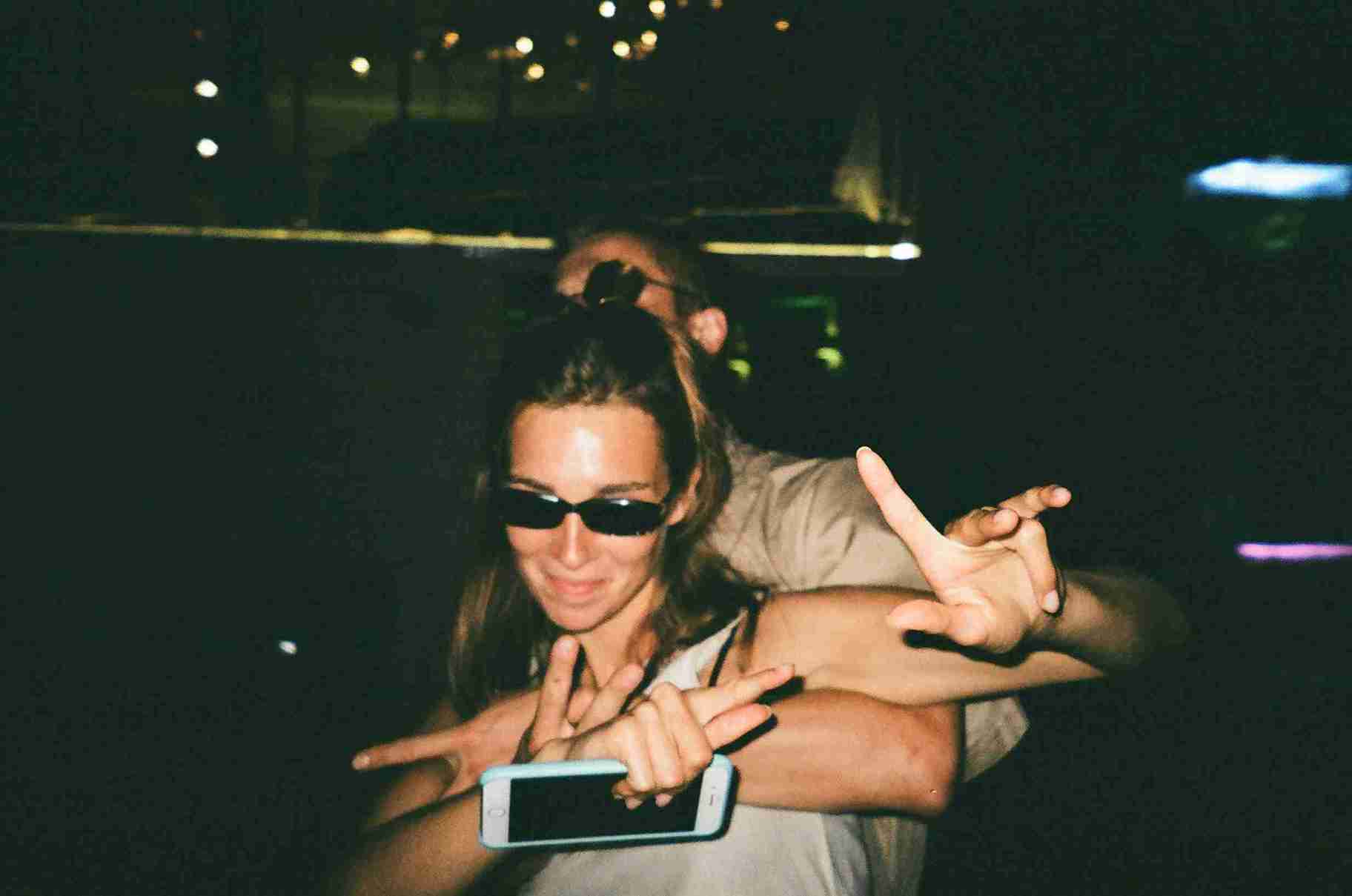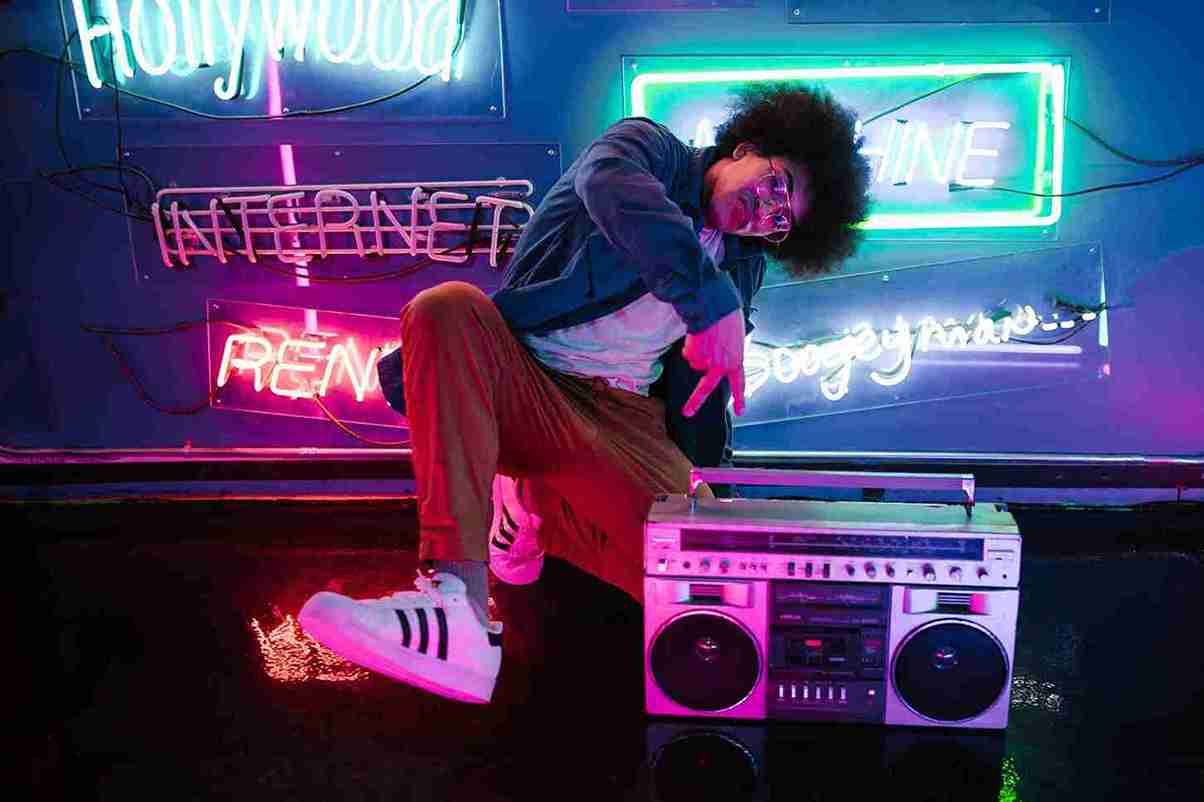Fashion Designer Club Cultur: How Nightlife and Style Collide
Understanding Fashion Designer Club Culture
The lifestyle of the fashion designer club cultur embodies the blending of energetic nightlife and innovative fashion, where club venues serve as the ultimate platform for self-expression. Clubs have traditionally been venues where fashion goes beyond everyday attire, becoming a way to express individual identity, imagination, and communal affiliation. In this article, we will explore the influence of designers on this specific fashion sector and how the membership scene continues to evolve.
The Evolution of Fashion Designer Club Culture
Club fashion has transformed from the disco fashions of the 1970s into the bold fashion, cutting-edge styles seen today. Every ten years brings in different components- like the colorful neon outfits of the 1980s or the grunge-inspired styles of the 1990s. In the 21st century, gender boundaries have become less precise, and high-tech fabrics have been merged into fashion, reflecting larger shifts in how clothing is utilized and perceived.

Key Influences on Club Fashion Design
Historical Fashion Movements and Their Impact
From the opulence of 1920s flapper attire to the rebellious punk types of the Nineteen Seventies, many style movements have left their mark on the club’s way of life. Designers draw notions from these eras, incorporating factors beyond style into current clubwear designs.
Music as a Fashion Designer Club cultur
Music has consistently played a significant role in club culture, directly impacting the clothing choices of those who frequent clubs. From the disco era to techno, house, and rave, each music style has introduced unique patterns that mirror the mood and beliefs of its fans.
How Fashion Designers Shape Club Culture
Fashion designers have a basic influence on the aesthetics of membership tradition. Through their daring and sometimes controversial choices, they establish the standard for what is viewed as sophistication in the club scene. Designers such as Jean Paul Gaultier and Alexander McQueen have influenced the visual identity of club subculture through avant-garde runway designs and collaborations with club events.
The Role of Designers in Defining Club Style
Nowadays, fashion designers design clothing and promote a lifestyle with their creations. In a nightclub setting, this means serving dishes that offer comfort and a way to express themselves, enabling individuals to shine on the dance floor.
Iconic Fashion Designers Who Revolutionized Clubwear
Certain designers have become closely associated with membership subculture. For example, Vivienne Westwood brought punk style to mainstream fashion, while Thierry Mugler’s futuristic creations influenced bold clubwear in the ‘90s.

Key Elements of Clubwear Fashion
Clubwear is known for its unique blend of vibrant colors, unconventional materials, and daring shapes.
Bold Colors and Patterns in Club Fashion
Vibrant neon colors, animal prints, and geometric designs are some of the defining features of modern clubwear. These impressive options allow individuals to showcase their identities in the club’s lively, high-energy setting.
Materials and Textures That Define Clubwear
Club style often incorporates Latex, leather, and sequins as essential materials. These textiles offer both a decorative appearance and durability, making them suitable for extended periods of dancing.
The Intersection of Fashion and Club Identity
Fashion plays a crucial role in identifying individuals within the club scene. Club attendees use clothing to indicate their associations, originality, and uniqueness. This cultural trend has transformed golf gear into a hub for trying out new styles and ideas.
Expression Through Clothing in Club Spaces
Clubs serve as safe environments for testing new styles, where individuals can freely explore fashion boundaries without the limitations of societal expectations. This freedom has led to the emergence of distinct subcultures in the club scene, each showcasing its unique style.
How Fashion Reflects Social Identity in the Club Scene
The design seen in golf gear often mirrors larger societal trends, such as LGBTQ+ empowerment, women’s rights advocacy, and eco-consciousness. Clubwear will clearly represent personal and political beliefs.
Fashion Designers Embrace Club Culture
Numerous fashion designers have adopted club culture and draw inspiration from the energy and creativity existing in that environment. Designers like Vivienne Westwood and Alexander McQueen are famous for drawing inspiration from underground clubs. Club fashion is frequently bold and unconventional, allowing designers to defy traditional fashion norms.
What Defines Club Fashion?
Club fashion is about making a statement. It’s bold, sometimes rebellious, and always expressive. Key elements of club fashion include:
- Bright colors and neon
- Oversized accessories
- Statement pieces like platform shoes or metallic fabrics
- Unconventional designs that push boundaries
Collaboration Between Clubs and Designers
Certain designers have collaborated with nightclubs to display their creations. Events and fashion shows held in clubs blend the boundary between the dance floor and the runway. These partnerships establish an environment where fashion intersects with the nightlife scene, combining the strengths of both worlds.

Streetwear Meets Club Fashion
The impact of streetwear is a notable trend in fashion designer club culture. Urban nightlife has always been closely linked to street fashion. Currently, brands are combining streetwear with attire suitable for clubbing. Imagine comfortable and fashionable items suitable for dancing and showcasing your style.
The Role of Social Media in Club Fashion
Social media has played a massive role in promoting club fashion. Influencers and designers often showcase their looks at club events, pushing trends to a broader audience. Platforms like Instagram and TikTok are filled with images and videos that capture the latest fashion emerging from club culture.
How Music and Nightclubs Drive Fashion Trends
Music and nightspots have always been crucial in developing and popularizing new fashion trends. The connection between music and fashion is mutually helpful, as fashion impacts music videos and live shows, and musicians and club attendees establish trends that designers incorporate and enhance later. Fashion designers observed the visual aesthetics linked to disco, house, techno, and hip-hop as they gained popularity in club settings.
The Hip-Hop Movement and Streetwear’s Impact
During the 1980s and 1990s, hip-hop culture had an effective surge, where clubs played a vital part in shaping the movement’s style.
The club scene saw a quick increase in popularity for brands like Tommy Hilfiger and Karl Kani, driven by music’s strong impact on fashion and mood. As hip-hop grew, fashion advanced alongside it, with baggy dresses, athletic wear, and bold supplements becoming iconic signs of the culture. Also, fashion designers pulled inspiration from hip-hop’s streetwear roots, incorporating its elements into high-end fashion lines.
Techno and the Minimalist Aesthetic
The emergence of techno music in the 1990s presented a fresh, simplistic style to club culture’s fashion. As the music emphasized rhythm and repetition, corresponding fashion styles became sleek, efficient, and cutting-edge. Designers like Helmut Lang and Raf Simons embraced this trend, producing collections that reflected the simplicity and industrial influence of the techno scene. Also, iconic nightclubs such as Berghain in Berlin became well-known for their music and patrons’ distinctive, relaxed attire.
My Experience with Fashion Designer Club Culture
Having spent time in the club scene, I’ve seen how fashion and nightlife blend into a vibrant expression of individuality. Clubs are where bold, experimental styles come alive, and people use clothing to make a statement. From futuristic designs to vintage streetwear, the fashion I see on the dance floor is always evolving, reflecting both personal creativity and the energy of the night. For me, it’s not just about what you wear, but how your outfit connects to the music and the ever-changing vibe of the club.
Conclusion
Fashion designer club culture is a dynamic fusion of art, music, and self-expression. It’s where fashion rules are broken, and creativity thrives. As nightclubs continue to inspire designers, the relationship between fashion and club culture will increase, influencing future trends.
What is the role of a fashion designer in society?
A fashion designer shapes trends, expresses culture, and influences personal style through clothing and accessories.
Why is being a fashion designer fun?
Being a fashion designer is fun because it allows creativity, self-expression, and the chance to set new trends.
What is popular culture in design?
Popular culture in design refers to trends and styles influenced by mainstream media, celebrities, and societal interests.
How does a fashion designer help the community?
A fashion designer helps the community by promoting local craftsmanship, supporting sustainable practices, and influencing cultural expression.
What are 5 responsibilities of a fashion designer?
- Creating original designs.
- Researching fashion trends.
- Selecting fabrics and materials.
- Overseeing production.
- Collaborating with teams.
What is the life of a fashion designer?
The life of a fashion designer involves constant creativity, long hours of work, collaboration, trend research, and navigating the fashion industry.

[…] basic attire; it narrates a tale and stirs feelings. Viewed through the perspective of witchcraft, fashion expresses one’s uniqueness and defies cultural […]
[…] the Swinger way of life. Before leaping in, discuss your barriers, expectations, and worries with your partner. Ensure you are both on the same web page and comfortable with the concept. Transparency will […]
[…] Fashion Designer Club Culture: A history of creativity, commerce, and community is a captivating documentation of the growth of this club. At first, it was just a group of designers who would get together to discuss strategies and analyze projects and designs. […]
[…] Worm worlds fashions loves colors from nature. It uses earthy tones like ochre and sage. It also has bright colors like indigo and saffron, made from natural dyes. […]